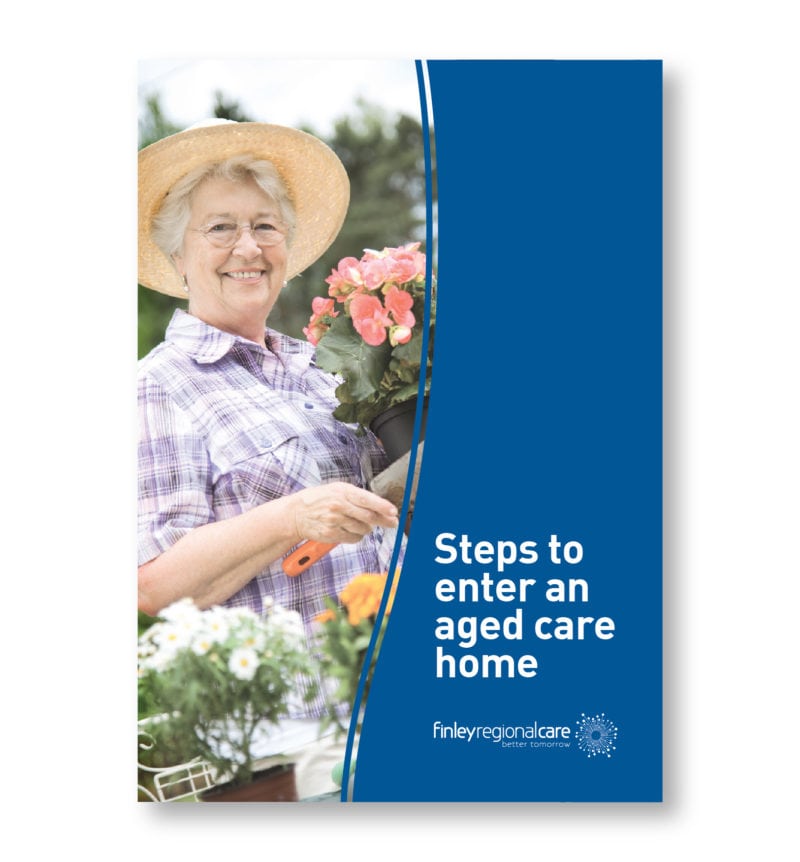Brittle bones can be a huge problem as we get older, as one in two women and one in five men experience breaks caused by weakened bones. Breaks can occur in any bone of the body, but commonly occur at the hip, wrist and spine as we age. In severe cases, even minor falls or bumps can cause a fracture. Poor bone health is unfortunately very common in older Australians, and osteoporosis chronically affects more than 1.2 million Australians. Literally meaning “porous bone”, osteoporosis occurs when the loss of old bone overtakes the creation of new bone, and the framework inside the bone becomes thin, brittle and fragile. This disease commonly affects older people, both men and women, but is particularly prevalent in women who are past menopause.
But it doesn’t have to be this way. Poor bone health is not a given as you get older, and is not just “something you need to put up with”. A pro-active approach can lead to better bone health and fewer breaks or fractures. It’s never too early to take steps to increase your bone density – and there’s a lot you can do to lower your risk of osteoporosis. Here’s what you need to know.
Symptoms of osteoporosis
Bone loss occurs gradually over a long period of time, and unfortunately there are no symptoms to watch for in the early stages of the condition. If you’re aged in your early 20s or below, your body can make new bone faster than it breaks down old bone, leading to an increase in bone density (the opposite of what happens as you age). Peak bone mass is usually achieved by around age 30, after which time bone mass starts to be lost faster than it can be created.
As the condition progresses, the symptoms start to become more and more noticeable, and may include:
- Loss of height over time
- Increasingly stooped posture
- Broken bones, particularly if they break more easily than might be expected
- Back pain that is caused by bone problems in the spine
Click here to read more about how to decrease your risk of falls as you get older.
Non-modifiable risk factors
Ageing is inevitable. We’re all going to get older – and that brings with it certain problems. Changes in posture and bone structure are likely for most people, leading to weakness and slower movement.
Some bone thinning is inevitable as you age, as the bones lose calcium and other necessary minerals. Your risk of osteoporosis increases sharply the older you get. As well, the risk for osteoporosis is greater for females, as women typically have smaller, less dense bones than males. A family history of osteoporosis also increases the odds of getting the condition for both males and females. People with smaller body frames are also at greater risk, as they have less bone mass to draw from as they get older.
However, while some risk factors for osteoporosis are out of our control, and some degree of bone thinning is inevitable, the degree to which our bones thin is really up to us.
Modifiable risk factors
Many people don’t realise just how much they can do to prevent further bone loss and reduce their risk of fractures later in life. Obviously, you cannot change your gender, age, frame size or genetic history, but there are many risk factors which you can minimise to great effect.
How much you exercise
Any weight-bearing exercise that puts your bones to work will help remodel your bones and keep them strong, and is vitally important in preventing or minimising the effects of osteoporosis. 15 – 20 minutes a day is a good start, but the more you can do, the better. Try walking, weight training, dancing, aerobics, tennis – find an activity that you enjoy and will stick with, and your bones will thank you.
Your calcium intake
An adequate intake of calcium plays a huge part in reducing fracture risk. A lifelong lack of calcium will add up to lower bone density, early bone thinning and a greater risk of fractures. While supplements are useful for people who struggle to meet their calcium requirements through food alone, food sources are the best way to get all your calcium needs met. Foods such as low fat milk or yoghurt, leafy green vegetables (like kale), beans, soy products (like tofu), canned salmon or sardines with bones are all rich sources of calcium.
How much you smoke
Smoking tobacco is one of the worst things you can do, not just for your overall health but also for your bone health. Regular smoking leads to extensive bone loss, longer healing times after you’ve suffered a break or fracture, and a significantly higher risk of complications. Quitting smoking will reduce your risk, and even cutting down on the number of times you smoke per day will help.
How much alcohol you drink
Likewise, drinking alcohol in excess can also reduce your bone density, leading to a greater risk of osteoporosis later in life. Cut back on amount you drink, replace some of your drinks with non-alcoholic versions (there are plenty of good options around nowadays) and try and have some days of the week completely alcohol-free.
How much Vitamin D you get
Vitamin D helps you absorb calcium better and incorporate it into your bones more effectively, so it’s important to get enough. Spending 20 minutes in the sun every day (safely) will help meet your vitamin D needs. Also eat plenty of foods rich in Vitamin D, such as oily fish, egg yolks, red meat and liver. You could also try a Vitamin D supplement if you’re finding it hard to get enough from other sources.
How much you eat
Being underweight and having a severely restricted food intake will weaken bones for both sexes. Having an eating disorder can drastically increase your risk of osteoporosis down the track, so get appropriate support if this is you.
Whether you get bone density screens
Bone mineral density tests are a great way to stay aware of your bone health, and allow you to make changes immediately if necessary. DXA scans are very common these days, and are a painless test that’s similar to having an X-ray. You can get a DXA scan at any age, but people (especially women) over the age of 65 should be getting one regularly.
What medications you use
Long-term use of certain medications can also put you at a greater risk for developing osteoporosis. Educate yourself on the side-effects of any medicines you are taking, and talk to your doctor if you’re unsure if your medication may potentially cause a problem.
When do you need to start?
The sooner you start to keep your bones healthy, the better off you’ll be as you get older. It’s never too young to start taking steps towards good bone health, and doing so will likely cement good habits that will last a lifetime. Medications can be used to treat osteoporosis once you have it, but it’s far better to head off osteoporosis before it becomes a problem.


 Latest news from FRC
Latest news from FRC
